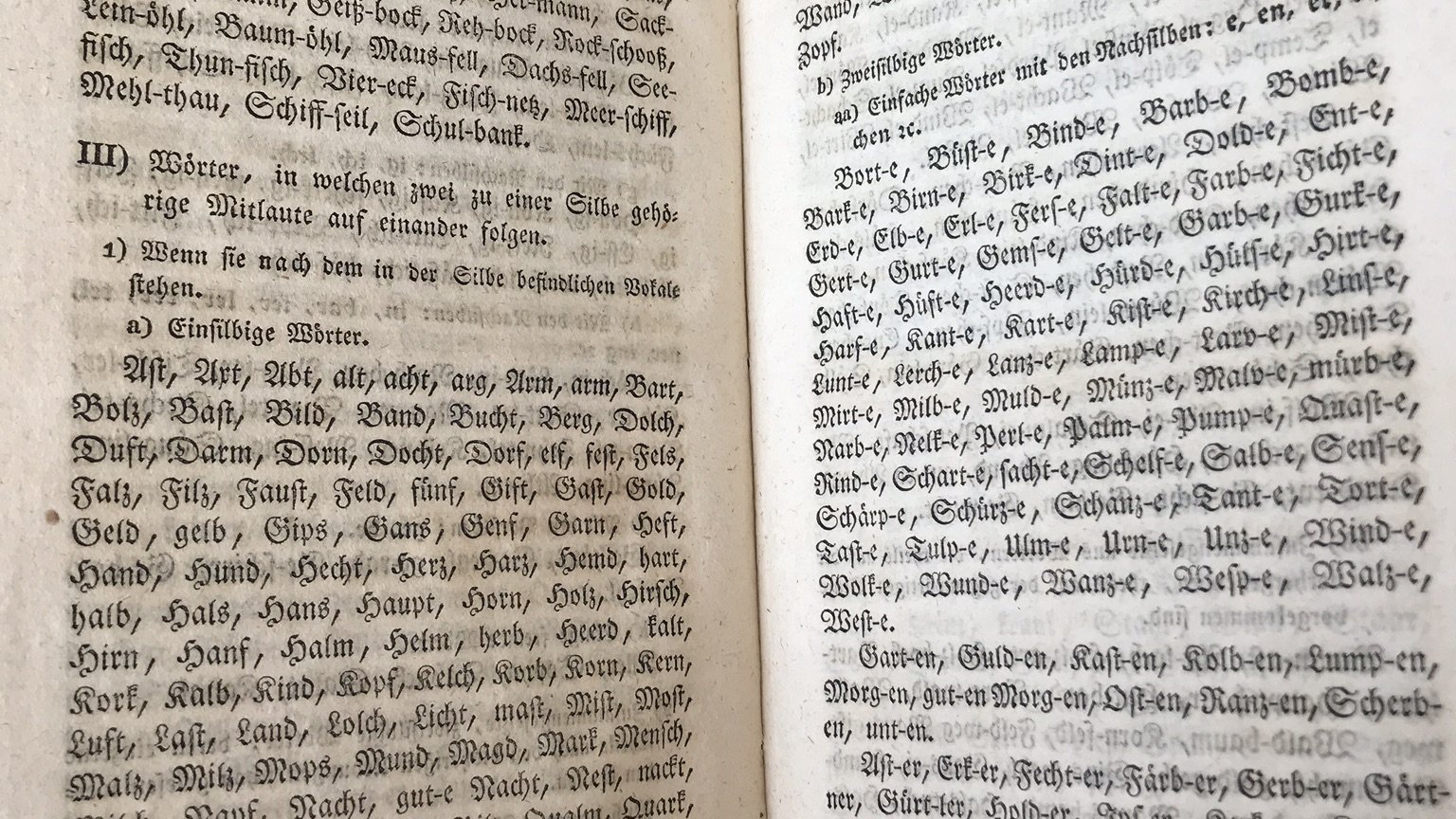

The Bodleian Library is one of the oldest libraries in Europe (first opened to scholars in 1602) and is the second largest library in Britain. Held in 36 buildings across Oxford, the 15 million piece book collection is still used by students and researchers from around the world. The physical and digital collection of 100s of millions of objects is made of printed works, printed ephemera, medieval manuscripts, photos, games, maps, sheet music, films, audio, and video.
The Open Palace Program made a visit to the Rare Books Department of 'The Bod' talk to their staff about conservation of rare books.
First we toured their conservation labs. The spaces were absolutely gorgeous and the techs there were very kind and explained the projects they're currently working on. It was great to see paper conservation and binding restoration in action. Most of the objects being restored were hundreds of years old.
Then we were lead to a room with a selection of the rare books collection pulled for us! We washed our hands and removed jewelry, watches, and long necklaces to get a closer look at the books. With the permission of the staff we even got to touch some of them. My choices were the first edition of Alice's Adventures in Wonderland, and Shakespeare's first printed folio (that took 18 months to print). The information detailed below in the photo captions is taken from the labeling provided next to each book.
Not pictured are two original J.R.R. Tolkien prints from 1927 and 1933. They were both for his four children who received letters from Father Christmas accompanied by lively illustrations. The illustration from 1933 includes goblins and elves, which makes sense as Tolkien wrote The Hobbit in the early 1930s. The drawing shows North Polar Bear saving Christmas by battling the goblins who were invading Father Christmas's house and trying to steal the children's presents. I couldn't take pictures due to the family still owning rights to them.
The Bodleian was definitely a highlight on the trip for me. The staff was so kind to share their collection, resources, and knowledge with us. I enjoyed the discussions we had. Below are some highlights from my notes:

Museum Professional. Traveler. Cat lover.